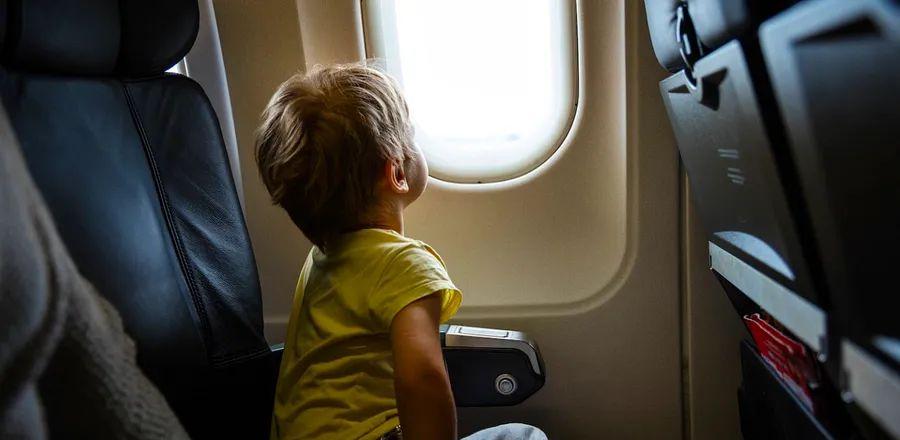U.S. Airlines Directed to Keep Families Together at No Extra Charge

Earlier this year, my husband, our two young kids (aged 3 and 6), and I were in Hawai‘i preparing to board a flight from Maui to Oʻahu. As we approached the gate to scan our boarding passes, I checked our seat assignments and was shocked to see that none were near each other. I turned to the gate agent and asked, 'How is this possible?'
In 2016, Congress approved an extension of the Federal Aviation Administration (FAA) reauthorization bill mandating that airlines ensure children under 13 can sit next to a family member at no extra cost. However, in 2017, the U.S. Department of Transportation (DOT) decided that the few complaints received did not justify a formal policy, and a similar conclusion was reached after reviewing complaints again in 2019.
Now, the DOT is taking a stronger position on this matter. On July 8, its Office of Aviation Consumer Protection issued a directive to airlines urging them to make every effort to seat children aged 13 or younger next to an accompanying adult at no additional charge—ensuring families won't have to pay extra to sit together.
The difficulty for families arises from the fact that not all flight bookings allow for seat selection in advance without extra fees. For example, basic economy fares or tickets on ultra-low-cost carriers typically don’t include the option to select seats ahead of time without incurring additional costs. Consequently, families often end up paying more to ensure they sit together or risk being separated.
Within the next four months, the DOT announced it will begin monitoring airlines to assess whether they are making progress in seating families together at no additional cost. At that point, the agency will determine if formal regulations are necessary 'to ensure that airlines’ seating policies do not hinder a young child from sitting next to an adult family member or another accompanying adult.'
The DOT issued the notice even though the number of complaints regarding family seating remains low compared to other passenger complaints submitted to the agency. 'However, the Department acknowledges that even a single complaint is important for the travelers affected,' the DOT remarked.
In the meantime, the agency provides this guidance for families to ensure they can sit together:
Understand your airline’s seating policies
Each U.S. airline has a unique approach to seating arrangements, varying from specific fare classes that include options for advance seat assignments to open seating like Southwest, which allows families with children aged 6 and under to board after Boarding Group A, but before Groups B and C. The DOT provides details on each carrier's policy through the links below.
- Alaska Airlines
- American Airlines
- Delta Air Lines
- Frontier Airlines
- Hawaiian Airlines
- JetBlue Airways
- Southwest Airlines
- Spirit Airlines
- United Airlines
Make your reservations as early as you can
The sooner families secure their bookings, the greater the selection of available seats, which enhances the likelihood of being able to sit together.
Try to avoid basic economy and ultra-low-cost options when feasible
Basic economy fares tend to be the cheapest, but they usually don’t allow seat selection or require an additional fee for that option.
Reach out to the airline directly
To ensure your family is seated together, it's advisable to contact the airline ahead of time to arrange your seating. This is especially important for families with children under two, who will be traveling as a lap child, meaning they won’t have a separate seat. It's essential to include the lap child in the reservation even if they aren't assigned a seat.
In retrospect, I wish I had considered some of this advice before our interisland flight in Hawai‘i. Fortunately, our situation had a positive outcome (albeit after quite a bit of stress). With the flight already boarding and only one gate agent present, we were directed to another gate for assistance. After pleading with a few people to let us move to the front of the line, we explained our predicament. They managed to seat our three-year-old next to my husband while the six-year-old was placed in the row behind me. Once on board, we requested a seat swap for the six-year-old, and a generous passenger agreed to exchange her aisle seat for another aisle seat, allowing each child to be close to a parent.
Like many parents in similar situations, I was quite distressed and couldn't fathom how a policy could allow young children, like my three-year-old daughter, to sit alone. Hopefully, such instances will become less frequent in the future. Next time, I'll ensure to check our seat assignments well before boarding.

1

2

3

4

5
Evaluation :
5/5